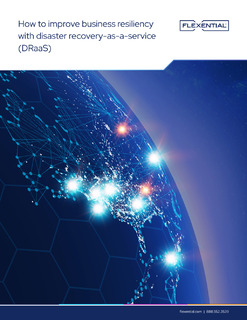Many businesses view a disaster recovery plan as an insurance policy against an unlikely event and fail to adequately protect their assets. Companies often assume that their legacy policy of either backing everything up to tape and shipping it offsite or remotely replicating it to a storage archive is sufficient. This kind of simple backup and recovery strategy forms the backbone of many disaster recovery plans; however, a robust disaster recovery strategy that can ensure continuity of business operations requires a careful examination of whether the recovery time and recovery point capabilities of traditional backups are sufficient for the needs of that business.
In addition, many in-house backup and recovery solutions cannot be geographically dispersed effectively, nor can they efficiently take advantage of real-time data replication technologies. The cost of real estate—let alone the equipment, staff and operational overhead of a secondary site is also prohibitive. Even in the case of existing secondary office locations, the expense to build out and manage a second data center is simply not practical.


